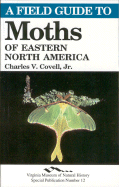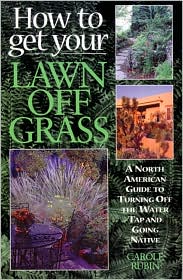 |
| Ken Kaufmann points out attracted moths |
 The Black Swamp Bird Observatory and the Toledo Naturalist's Association teamed up to sponsor a Moth Night. It was a fun event and at least 30+ people showed up to endure many mosquitoes. Ken Kaufmann mentioned how there are far more species of moths than butterflies in the U.S., over 11,000 to be exact. Mercury vapor lamps and black lights were set up alongside a white tent to attract them. They also painted moth bait on the trunks of three trees in the woods. The "bait" is made from a concoction of stale, cheap beer, very brown bananas, and brown sugar.
The Black Swamp Bird Observatory and the Toledo Naturalist's Association teamed up to sponsor a Moth Night. It was a fun event and at least 30+ people showed up to endure many mosquitoes. Ken Kaufmann mentioned how there are far more species of moths than butterflies in the U.S., over 11,000 to be exact. Mercury vapor lamps and black lights were set up alongside a white tent to attract them. They also painted moth bait on the trunks of three trees in the woods. The "bait" is made from a concoction of stale, cheap beer, very brown bananas, and brown sugar. |
| Came to lights by tent |
There is a lazy man's way of capturing and viewing moths that they use in the UK. Just open the bathroom window on a warm summer night, tape a white cloth to the mirror, close the door, then grab a beer and go watch TV for several hours. Then, open the bathroom door with a camera and begin snapping photos. Afterwards, turn the bathroom lights off, shut the door and go to bed. The next morning, all the moths should be gone, providing you left the window open wide.
 |
| Came to bait on tree |
There's a new name for people who watch moths, which is a growing form of entertainment. They're called "mothers", often spelled moth-ers to avoid confusion. It's a great family pastime and can cure your children of NDD (nature deficit disorder). You can make the intoxicating moth "bait" in your kitchen and then go moth "sugaring", or paint a sweet, intoxicating brew on your yard trees to attract hungry moths. You can start sugaring in the spring, but you'll get more and more takers as you move into summer. Shoot for warm, still nights. Here's how to whip up a batch of "moth bait":
1. Gather together some ripe bananas, 1/2 cup brown sugar, 3/4 cup of beer, a paintbrush, rubber band, red tissue paper, cellophane, and a flashlight.
2. In a blender, puree the banana, brown sugar, and beer.
3. Outside, use the brush to paint magazine-size patches of the moth brew on the trunks of several trees near your home.
4. Use the rubber band to secure the tissue paper over the flashlight lens (the red light keeps your eyes adjusted to the dark). At night, head out with the flashlight to see who's feeding.
 |
| Order online |
Worldwide, there's 160,000 species of moths; they outnumber butterfly species 9 to 1. As Ken Kaufmann mentioned, we must appreciate the moth, for after daytime birding, it offers us evening entertainment. Also, he mentioned, many birds feed on moth larva. As I roamed the Black Swamp Bird Observatory grounds, checking the three trees with moth bait and the mercury vapor lamps and black lights by the white tent, I noticed bats flying overhead. Many bats feed on moths, but the clever tiger moth fights back by emitting ultrasonic clicks that jam the bats' echolocation. It's the humble banded woolly bear caterpillar grows up to become the Isabella tiger moth.
 |
| Order online |
Robert Morton, M.Ed., Ed.S believes urban sprawl can be offset by creating wildlife-friendly spaces in America's 25,000,000 lawns, one yard at a time! Click HERE to learn why. A portion of Ad sale revenues will be donated to Monarch Watch. Do you have a wildlife-friendly space? Please share it by contacting us!






















